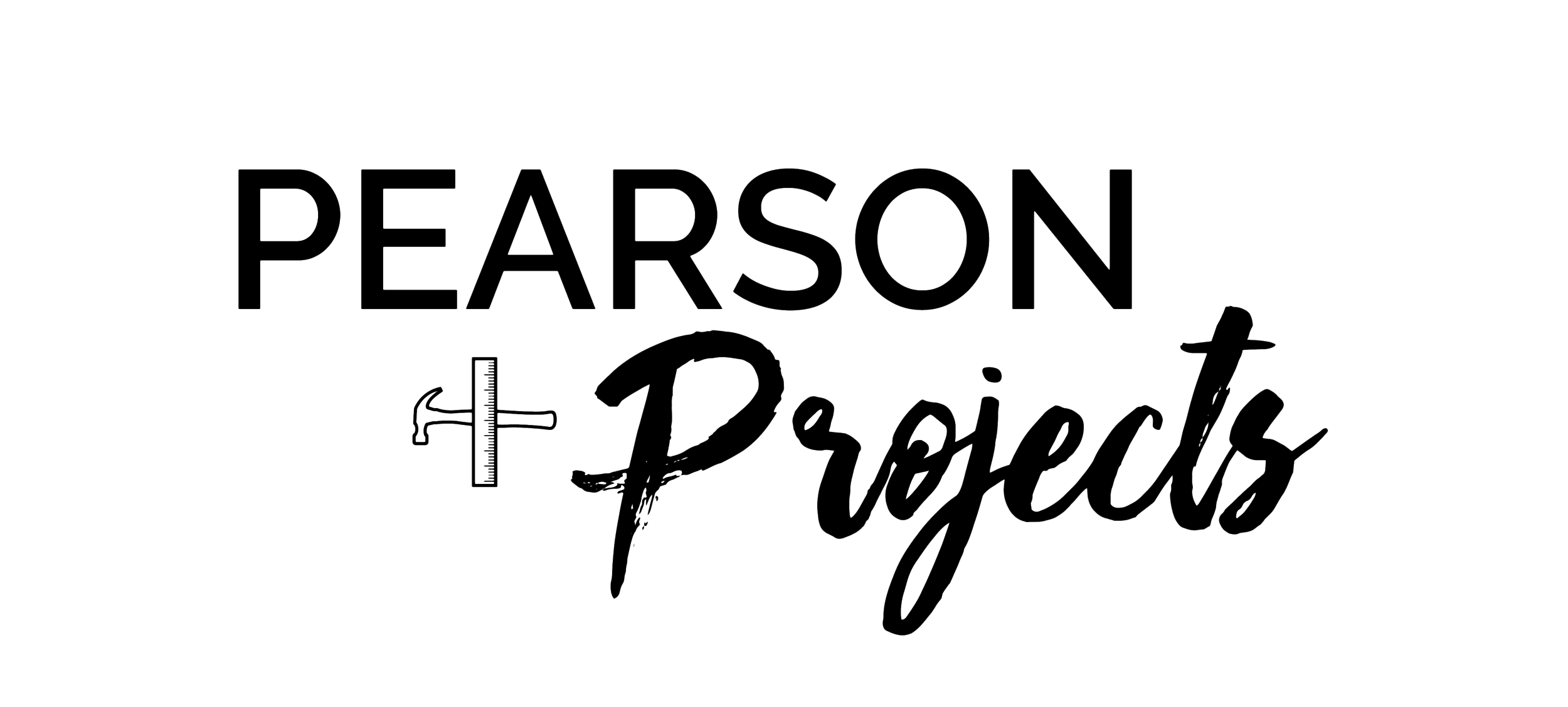HOW TO | Paint (if you are a Rookie)
Time: About 2 days per room you paint Tools Needed: Sander, No More Gaps, Filler, Dust Cloths and/or Baby Wipes, Drop Clothes, Tape, Rollers, Trays and Brushes, Sealer and Paint and a great playlist.
As The Rookies get set to start painting for The Reno Race, I have put together my tips and tricks for painting for the first time. Painting is a massive project to take on in a renovation, but if you are trying to save money it is something you can do yourself. While most people can paint, a few simple techniques can save you some frustration and confusion. So if you are about to start your first painting project - this may be exactly what you need!
Tip 1: The preparation is just as important as the painting process. Preparing your surfaces for painting requires plastering, sanding, filing gaps and cleaning. Make sure talk with your local paint store to ensure you are prepping your surfaces in the correct way. Once that is complete, remove all the dust from the rooms your are painting in, lay drop clothes on the ground and tape all the surfaces you don't want to paint (like windows)
Tip 2: Have an order. Start with priming all your surfaces (after talking with a professional about what primer to use). Then paint your ceilings and coving using a flat ceiling paint. Next use a enamel paint on all your windows, doors, trims and skirtings. Then finish by painting the walls.
Tip 3: Avoid a gloss finish in your paint selection, flat or low sheen are the most forgiving paint finish so if you are new to painting - this is the best option for you.
Tip 4: Use quality painting equipment. The quality of your paint brush and roller will impact your finish, so invest your dollars in a premium product and avoid anything low grade. For rollers I recommend Two Fussy Blokes product range.
Tip 5: Make sure you have plenty of paint on your roller or brush. You should never feel like you have to push on your roller to cover a surface with paint. Make sure you have a full brush or roller of paint, but not so much that paint drips off it.
Tip 6: Paint with plenty of light in the space. Point a light (or two) in the direct you are painting, the reflection of the wet paint will let you know where you have painted and help you not miss any areas.
Tip 7: If you are in-between coats, rather than cleaning up, store your wet trays, rollers and brushes in a spare fridge. It means that the paint won't dry and you save yourself a whole lot of time.
Tip 8: Have fun. Crank a great soundtrack and enjoy the process of seeing your house or room transformed with your hardwork.
Happy Painting!
